For me, to my conscious mind, creativity feels like facilitating the passage from the inner world to the outer world, of something that has its own inherent life. It’s not something “I” do. It’s something that happens.
Like other living things, the products of our creativity have a sense of inevitability and perfection about them, despite having “flaws” as the intellect would characterize them. This is the difference between creation and mere fabrication.
I believe each of us has a profound (deep) creative well, but not necessarily a very broad one. In other words, we each have one really amazing story to tell, so to speak. That’s more than enough to generate an endless number of different creations.
I also believe that drawing from your particular creative well is really dipping into the common groundwater of the whole of humanity, maybe the whole universe. That is why the products of our creativity connect us so powerfully, and why creative collaboration gives birth to things that no individual imagined.
The conscious, thinking mind (what we normally think of as “me”) plays a role in creativity—but not as much as it believes. Therefore the process is a balance of gentle guidance, listening and giving up control. This gets easier once “you” start to see good results in “your” work.
In the beginning, though, it can be hard to find our path, or to even know where to look—precisely because what we are looking for doesn’t exist yet. The real creativity sitting inside you is basically invisible until it actually creates something. It is not a “vision” waiting to be made real. This is why finding your path is all about process. It’s about trying things.
The thinking mind, by contrast, sees other people’s successful creative work and says, “That’s creativity—I’ll do that.” The problem is that’s their creativity not your creativity.
Because your best creations are both original and authentic—you doing something that only you can do the way you do it. Those are the qualities we respond to in the work of our idols, while the thinking mind sees only expert drawing skill or a huge number of followers.
So many of us tend to shun the very messages from within that are most intimate and personal (and therefore authentic and original). Because to the thinking mind our inner creative voice can appear unattractive, unprofitable, dangerous, a waste of time, an indulgence, sure to bring disrepute and financial insecurity.
I see a lot of misery and soul-selling from artists trying to make their creativity be like someone else’s. It’s understandable—how can you have faith in nothing, in something that doesn’t exist yet?
One sure sign you are on the wrong path is: you hate your work. Many of the people driven to use AI image generators, for example, say it’s because they tried to learn to draw, and can’t. What they are really saying is they hate their own art. AI means you don’t have to face the ugliness and unworthiness (as it appears to the thinking mind) of your own art.
Another sure sign you are not on a good path is that the work of people you consider your inspiration triggers mostly insecurity and jealousy. Your inner creative spirit has no concept of such things. That’s why authentic work exhibits sincerity and confidence, regardless of technical inexpertise (as in a child’s drawing).
Once you manage to roughly locate a good creative path, the next pitfall is when things work out too well! Commercial success creates an incentive to latch onto stability, security, predictability. To stagnate. You remember what it was like to “not know what you were doing” and you don’t want to go back to those feelings of directionlessness and indecision. But those are just thinking mind concepts. Your creative spirit is constantly evolving, even though it may be along a single path.
Modern neuroscience tells us that “making a decision” is in reality a feeling that emerges after some move has been initiated. Something in you is operating before your conscious mind, then “you” claim responsibility for the result. Once your creativity starts to flow more regularly, you see this happening, and creating becomes about getting “you” out of the way. The process feels like 25% doing and 75% witnessing.
I believe, anyone can learn to operate like this. But it takes training. It’s not about just “letting go” in one big leap of faith. You can try to “just loosen up”, but you’ll probably still make pictures that are just as uptight and self-conscious as before you pretended to let go. Giving up control is a gradual process of building trust in your inner voice by not chasing someone else’s inner voice. Part of that is accepting that some pictures go great and others don’t, and that never changes.
This training is about doing and not thinking about what you’re going to do. As an insecure young artist I spent a lot of time studying rather than drawing in order to protect myself from being embarrassed by publicly trying and failing. Many of us are taught to be insecure about our creativity—because much of the world can be jealous of it, or feel threatened by it.
You can see more of Chris Beatrice’s art at:
https://www.instagram.com/chrisbeatriceart/


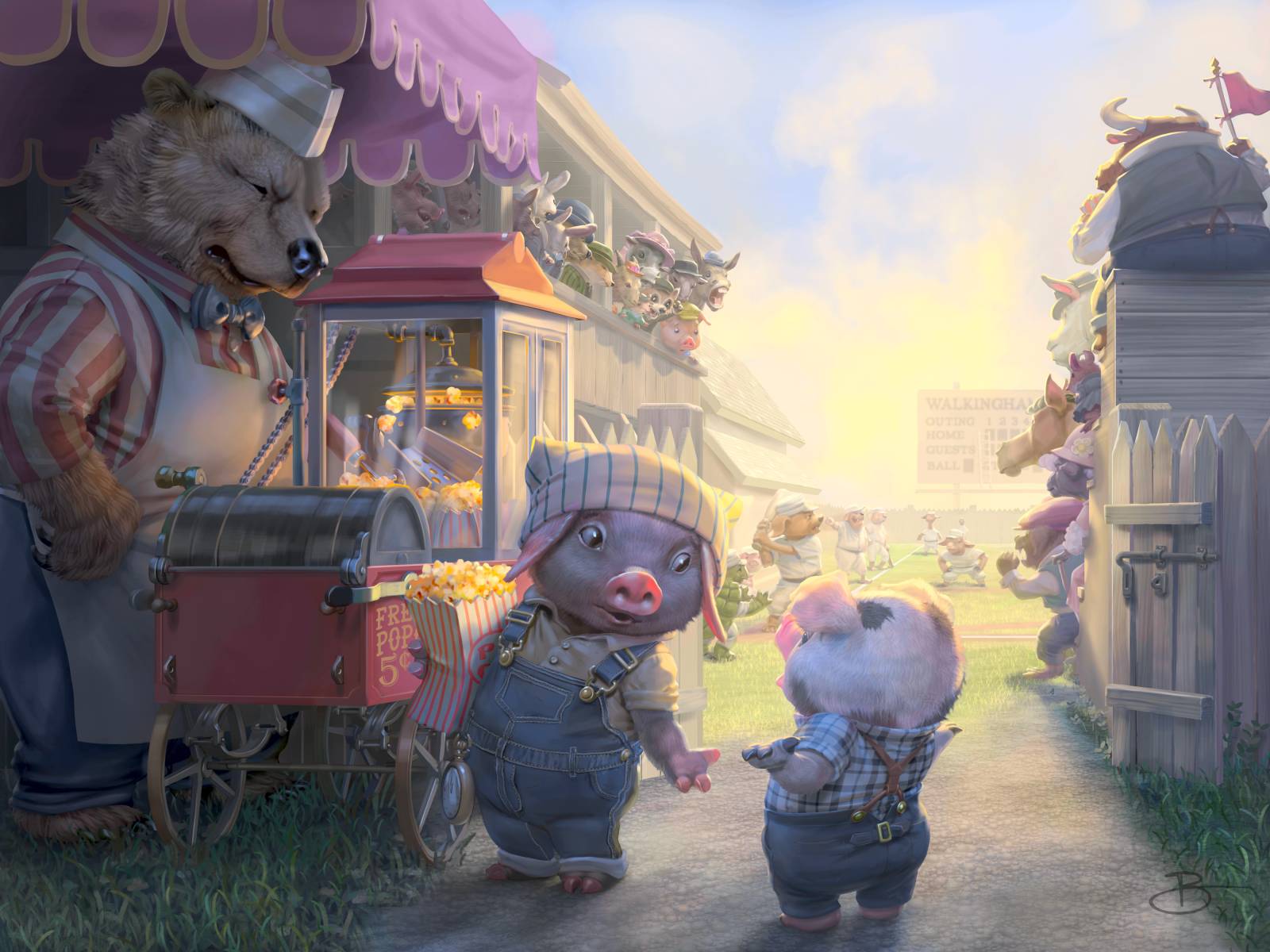



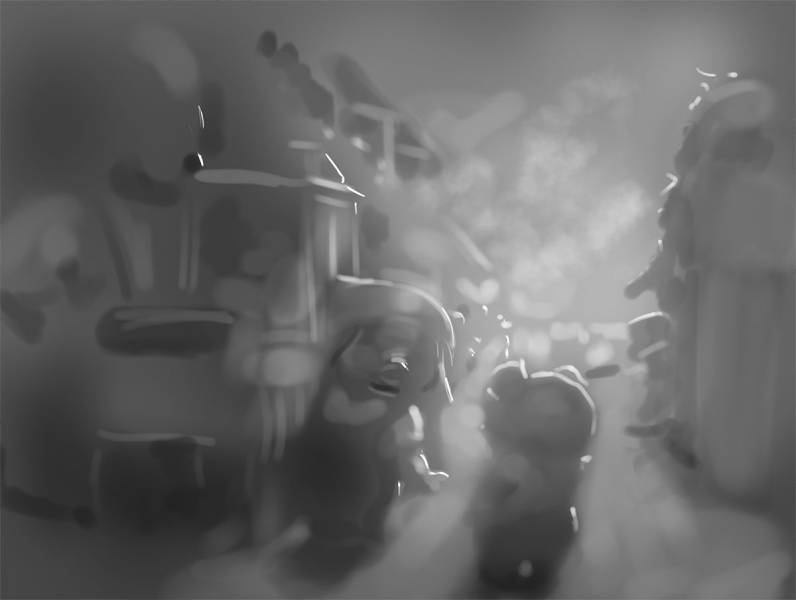
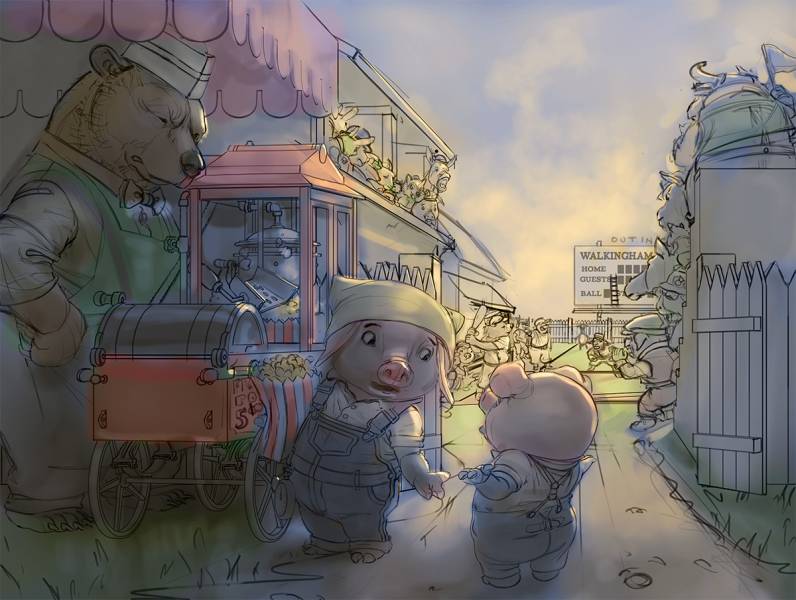
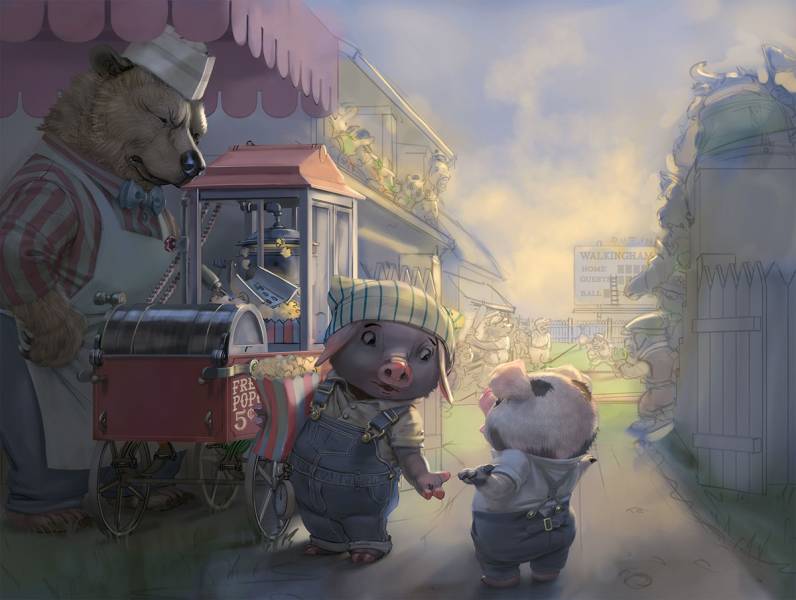
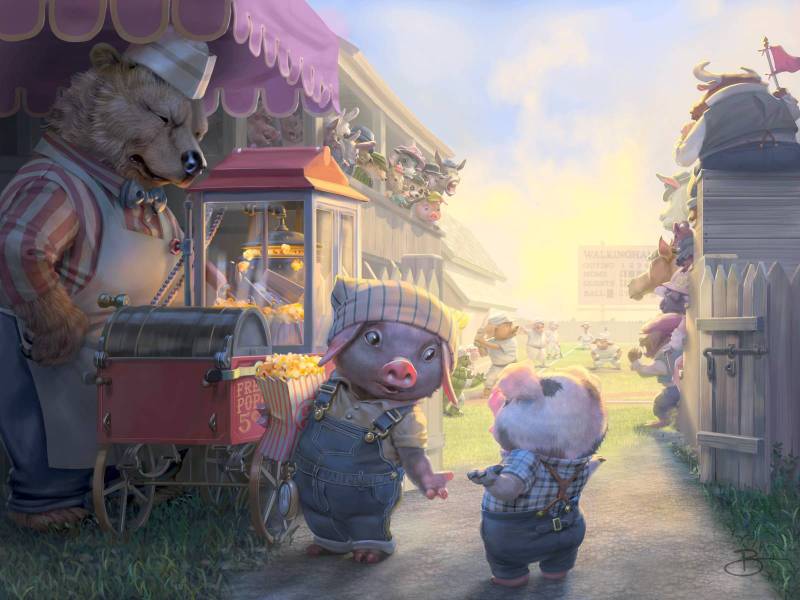
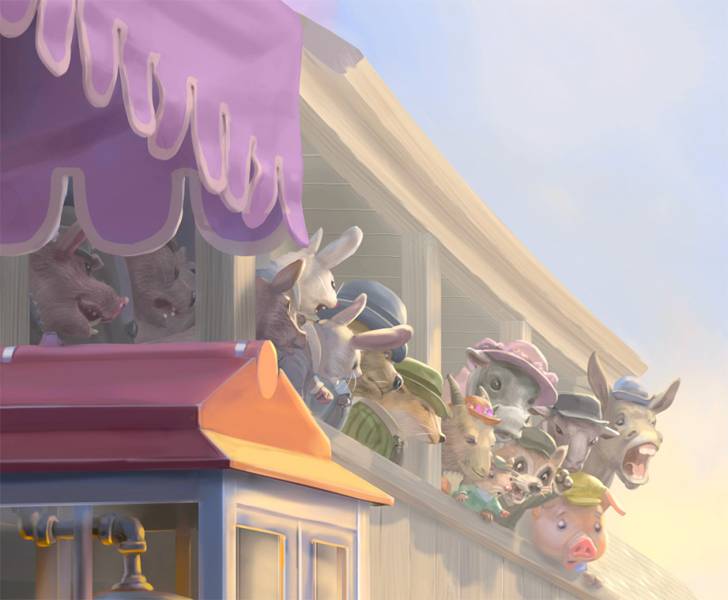
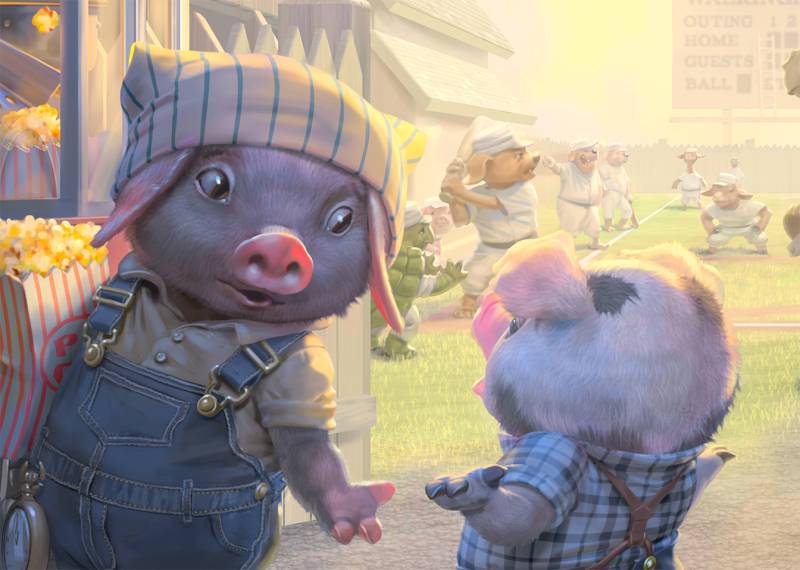
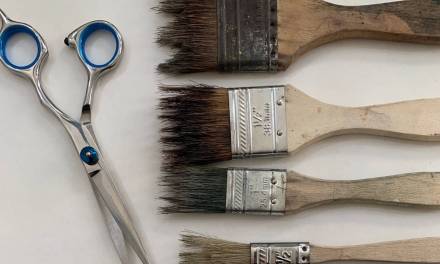
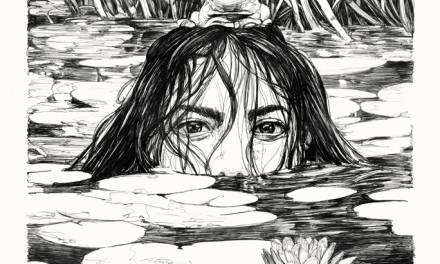
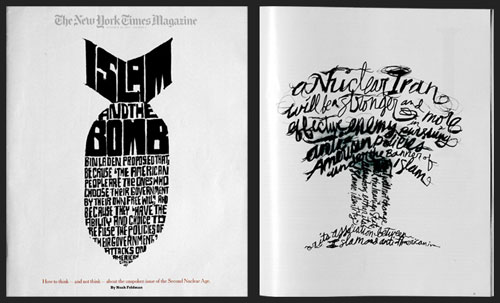

Wonderful piece and great to see you back on Muddy Colors! Your articles are some of the most insightful and inspiring I’ve read, they always make me want to go paint 🙂
Bravo!
Thanks so much, Sarah
With that welcome I shall endeavor to try harder to finish some more! Thanks, Sarah.
Hello.
(1) Above article is just magnificent! Thank you very much for it.
(2) What a lovely story telling illustration! Does it have some narration behind it?
Thanks! And, yes. This is a picture from an illustrated novel I have written and am now shopping around to agents. The characters in the book are all animals, but they don’t really know that, so to speak. They don’t refer to each other or themselves as animals, as particular species. If you only read the text you wouldn’t know they are animals. So the pictures and the text are both required in order to get the whole story.
This scene is when brother and sister Hudson and Angie Mudworth are attending a game of “Runaround” (like rounders, or early baseball-the book is set in a fictional sort of early 1900s era, America). Angie orders a snack and expects Hudson to have money, but he doesn’t (their family is poor). The vendor ends up letting them have it for free.
Hello, Chris.
Bingo!
I guessed it!
We can exchange the texts for fun: I have many illustrated animalistic stories as well.
One of them is The Ice Hockey Magic Roots. It has b/w illustarions. They are b/w on purpose – the kids may color them the way they like it.
Would you like to have a look at it?
My email box is v.a.malkov@mail.ru
Just let me know and I’ll drop it for you and for the Muddy Colors folks.
I’ll drop you more afterwards in case you like it.
BR, VAL
Sure, cool.